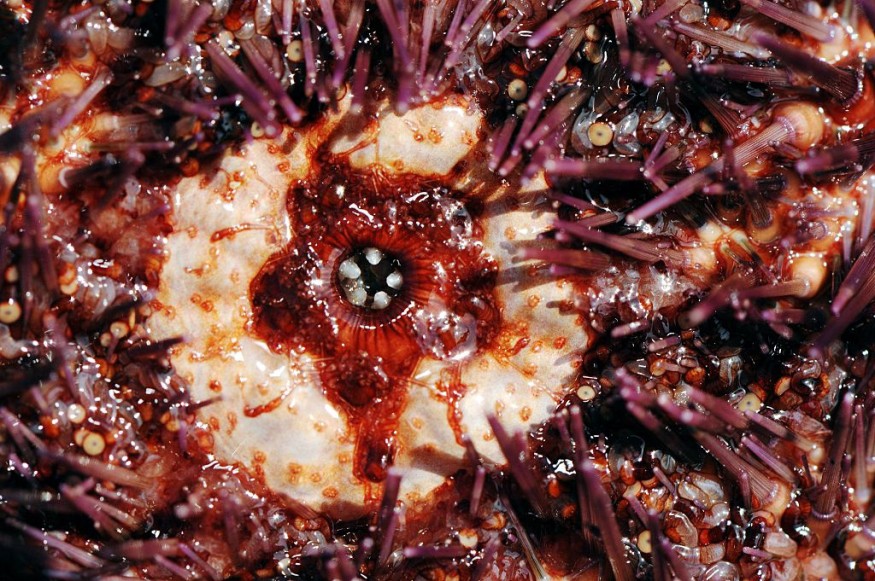A devastating epidemic has rapidly spread across the Red Sea, resulting in the complete annihilation of a species of sea urchin. The black sea urchins (Diadema setosum), which played a vital role in maintaining the health of corals by consuming excess algae, have succumbed to a mysterious pathogen.
Omri Bronstein, a senior lecturer in Zoology at Tel Aviv University, said in the news release that the infected sea urchins undergo a rapid and severe deterioration, leaving behind only their skeletal remains, in just two days. The swift demise of these creatures not only renders them vulnerable to predation but also increases the risk of contagion among the fish that feed on them.

Signs of the Epidemic
The Gulf of Aqaba, located at the northern tip of the Red Sea, was home to thousands of thriving black sea urchins just two months ago. However, the current situation paints a starkly different picture, with their flesh entirely consumed by the unknown pathogen.
The loss of these sea urchins poses a significant threat to the coral reef ecosystems in the region and highlights the urgency to understand and address this destructive epidemic.
According to Live Science, researchers observed the initial signs of an epidemic affecting an invasive species of sea urchin in the Mediterranean Sea, specifically around Greece and Turkey, earlier this year. The disease then spread through the Suez Canal to the Red Sea, causing a mass die-off of sea urchins.
While the exact cause of the disease remains uncertain, scientists suspect that it is a pathogenic ciliate parasite, a single-celled microorganism that was responsible for decimating the entire sea urchin population in the Caribbean in 1983. Before this parasite-induced plague, the Caribbean boasted thriving tropical reefs.
The identification of the disease occurred during a second wave that hit the Caribbean in 2022, providing scientists with a second opportunity to study the phenomenon. Sea urchins play a crucial role as "gardeners" of the reef by consuming algae and preventing them from overpowering and suffocating the corals that compete with them for sunlight.
Regrettably, these sea urchins are no longer present in the Gulf of Eilat (Aqaba) and are rapidly disappearing from other expanding areas in the southern regions of the Red Sea, according to Bronstein. The absence of sea urchins led to unchecked algal blooms, blocking sunlight and resulting in the destruction of approximately 90% of the region's coral.
Preventing the Epidemic From Causing Further Harm
The severity of the situation regarding the mass mortality of sea urchins in the Red Sea is of great concern. Bronstein told the Times of Israel that the mortality rate is spreading rapidly and has already affected a larger area than observed in the Mediterranean.
The uncertainty surrounding the epidemic's outcome is akin to the uncertainties surrounding the COVID-19 pandemic. It is unclear whether the epidemic will resolve on its own or persist for an extended period, potentially leading to significant changes in coral reefs.
To mitigate the situation, it is crucial to control the influx of nutrients from various sources, such as sewage, desalination plants, and marine and terrestrial agriculture, into the Red Sea. These measures are particularly important since the algae grazers, like sea urchins, are currently unable to fulfill their role.
The worst-case scenario for the Gulf of Eilat could involve the domination of algae, leading to reef degradation for several years until the sea urchin population recovers. As for the connection between oceanic warming and the mass die-offs, the researchers were unable to establish a direct correlation, noting that the events did not occur during the summer.
RELATED ARTICLE: Sea Urchin Spines Now Repair Different Bone Problems With The New Biodegradable Material
Check out more news and information on Sea Urchins in Science Times.
© 2025 ScienceTimes.com All rights reserved. Do not reproduce without permission. The window to the world of Science Times.












